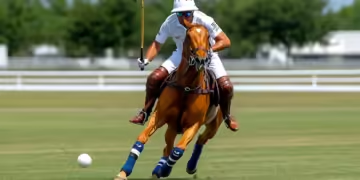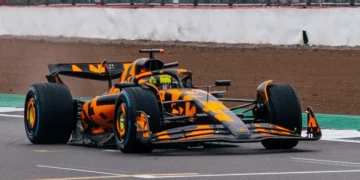Title: A Competitive Future: Esports-Focused Highlights from the Nintendo Switch 2 Direct
Nintendo’s long-awaited Switch 2 Direct in April 2025 delivered an exciting mix of innovation and nostalgia, but for the competitive gaming audience, one thing stood out—Nintendo is finally going all-in on esports.
According to a detailed analysis by Esports Insider, this latest showcase not only introduced the Nintendo Switch 2 console and new titles but also signaled a strategic shift in how Nintendo approaches competitive gaming.
Here are the key takeaways that suggest Nintendo’s increasing commitment to the esports space:
1. Nintendo Switch 2: Hardware Designed for Competition
The Switch 2 brings a 120Hz OLED display, a significant upgrade from the original console. This enhancement allows for smoother gameplay, essential for fast-paced competitive games. The addition of native Ethernet connectivity and reduced input latency highlights Nintendo’s clear intention to address player demands for more responsive and stable online play—an essential foundation for any serious esports involvement.
2. Super Smash Bros. Galaxy: A New Era for Competitive Fighting
The announcement of Super Smash Bros. Galaxy, a next-generation entry in the beloved franchise, set the esports community abuzz. According to Esports Insider, this iteration promises dedicated tournament modes, matchmaking improvements, and the ability to host in-game competitions directly from the console. These changes suit both grassroots and professional players, potentially making Smash Galaxy the most esports-ready Nintendo title yet.
3. New IP: Stratus Circuit – A Competitive Shooter Built for Teams
Perhaps most surprising was the debut of Stratus Circuit, Nintendo’s first fully original tactical shooter. Developed in partnership with third-party developers experienced in competitive multiplayer gameplay, Stratus Circuit is geared towards structured, team-based esports formats. It features ranked ladders, spectator modes, and footage replay tools—all core elements of a modern esports title.
4. Nintendo League Network (NLN): A Dedicated Esports Hub
One of the more game-changing announcements was the unveiling of the Nintendo League Network (NLN). This new platform will act as a hub for scheduling and organizing official Nintendo tournaments across titles, offering player profiles, live match trackers, and integrated streaming services. This marks Nintendo’s first major push into creating a centralized competitive ecosystem, similar to platforms by Riot Games and Valve.
5. Focus on Youth and Collegiate Esports
Nintendo also mentioned plans to invest in junior and collegiate-level esports partnerships, working with schools in Japan, North America, and Europe. Through their new platform, they’ll support bracketed competitions, offer scholarship incentives, and host seasonal championships to encourage participation among younger players.
All of this represents a fundamental departure from Nintendo’s historically cautious stance toward esports. While franchises like Splatoon and Super Smash Bros. Ultimate have had competitive scenes largely built by fans and third parties, 2025 looks to be the year Nintendo transforms into a serious esports contender.
If these announcements are a true indication of Nintendo’s vision, the Switch 2 may not only revitalize the hybrid-console market but also reshape Nintendo’s profile in the world of competitive gaming.
— Written by the sportsandgulf.ae Editorial Team






























































